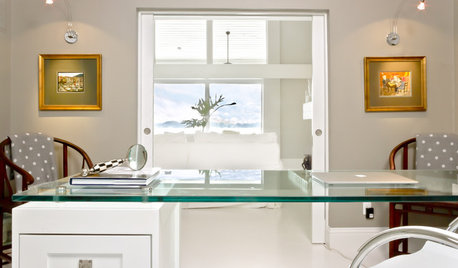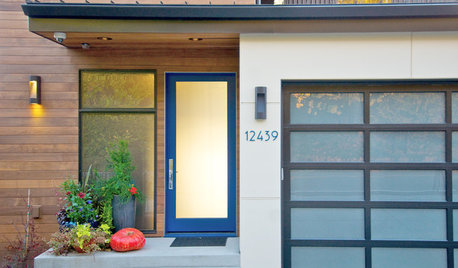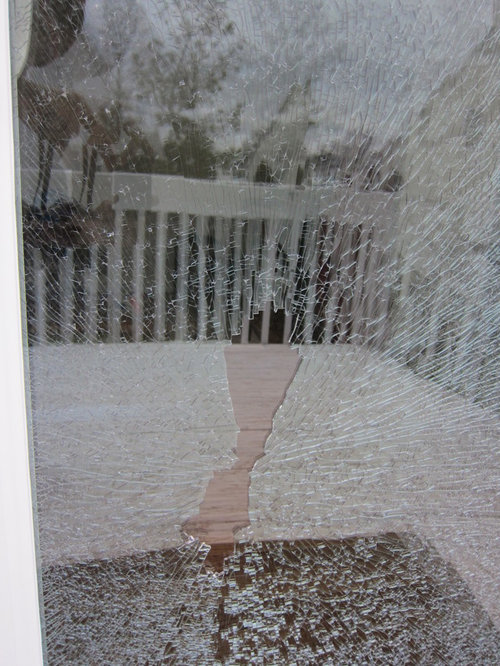Is glass Door door shattered due to cold temperature?
daveye
11 years ago
Featured Answer
Comments (17)
toddinmn
11 years agolast modified: 9 years agoRelated Professionals
Littleton Window Contractors · Arlington Window Contractors · Bloomington Window Contractors · Hawaiian Gardens Window Contractors · University City Window Contractors · Carol City Window Contractors · Ashwaubenon Interior Designers & Decorators · Hercules Interior Designers & Decorators · Struthers Interior Designers & Decorators · Murraysville General Contractors · Forest Grove General Contractors · Mount Holly General Contractors · The Hammocks General Contractors · Winton General Contractors · Champaign Carpentersoberon476
11 years agolast modified: 9 years agoWindows on Washington Ltd
11 years agolast modified: 9 years agobrickeyee
11 years agolast modified: 9 years agooberon476
11 years agolast modified: 9 years agodaveye
11 years agolast modified: 9 years agooberon476
11 years agolast modified: 9 years agodaveye
11 years agolast modified: 9 years agoWindows on Washington Ltd
11 years agolast modified: 9 years agobrickeyee
11 years agolast modified: 9 years agomillworkman
11 years agolast modified: 9 years agooberon476
11 years agolast modified: 9 years agomillworkman
11 years agolast modified: 9 years agoWindows on Washington Ltd
11 years agolast modified: 9 years agooberon476
11 years agolast modified: 9 years agodaveye
11 years agolast modified: 9 years ago
Related Stories

DESIGN DICTIONARYSafety Glass
If you need glass that will shatter safely for windows, doors and more, look to highly engineered safety glass
Full Story
GREEN BUILDINGInsulation Basics: Designing for Temperature Extremes in Any Season
Stay comfy during unpredictable weather — and prevent unexpected bills — by efficiently insulating and shading your home
Full Story
LIFEHouzz Call: How Are You Handling the Record-Breaking Cold?
Share your tales, strategies and photos for everything polar vortex
Full Story
ARCHITECTURE15 Smart Design Choices for Cold Climates
Keep your home safe and comfortable in winter by choosing the right home features and systems
Full Story
HOUSEKEEPINGHow to Clean a Glass Shower Door
See which tools and methods will keep those glass shower walls and doors sparkling clean
Full Story
MOST POPULARFind the Right Glass Door for Your Patio
It’s more than just a patio door — it’s an architectural design element. Here’s help for finding the right one for your home and lifestyle
Full Story
FEEL-GOOD HOMESimple Pleasures: Get Cozy on a Cold Day
Some things are best when the weather is bad. Heat up some cocoa and join the discussion
Full Story
ENTRYWAYSGlass Doors That Welcome — and Protect Your Privacy Too
These front-door designs let in the light but keep your air-guitar performances safely in-house
Full Story
WINDOWSOpen Walls Widen Home Possibilities
Doing away with the boundary between indoor and outdoor living, open walls add space, light and drama to a home
Full Story
BATHROOM DESIGNShower Curtain or Shower Door?
Find out which option is the ideal partner for your shower-bath combo
Full StoryMore Discussions










Windows on Washington Ltd